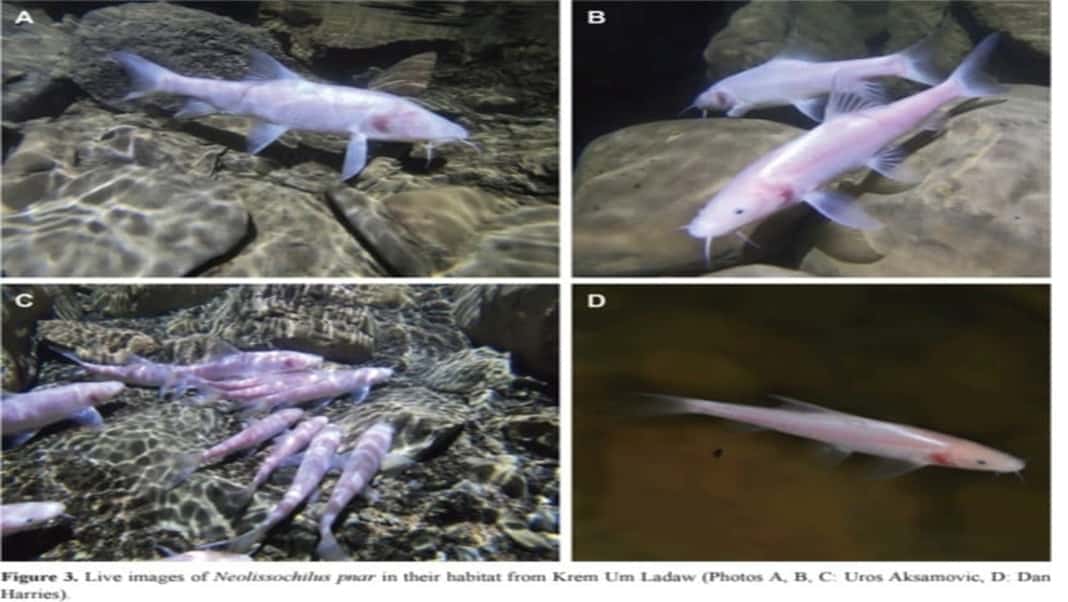Guwahati, July 1: 21 new species have been found in Meghalaya in 2023, says the “Animal Discoveries 2023: New Species and New Records”.
The report was released on Monday by the Union Minister of Environment, Forest and Climate Change (MoEFCC), Bhupender Yadav who said India has become the first country in the world to prepare a checklist of its entire fauna, covering 104,561 species, positioning itself as a global leader in biodiversity documentation.
In 2023, Indian scientists, academicians, and researchers reported a total of 641 discoveries (442 new species, 199 new records for India, and 19 new genera).
He said the silver lining is that India is a global champion in biodiversity conservation, adding that our tradition, ethos and values respect nature and promote biodiversity conservation.

In all 25 new species and 4 new records have been found from Meghalaya.
The most significant finding from Meghalaya was Neolissochilus pnar which is the world’s largest cave fish from Meghalaya.
Neolissochilus pnar , honouring the tribal communities of East Jaintia hills in Meghalaya, from where it was discovered. ‘Pnar’, is the sub-tribal group of the Khasi people in Meghalaya.
The limestone caves of Meghalaya harbour a remarkable diversity of subterranean taxa and the state is one of the two hotspots of subterranean fish diversity, the other being the laterific aquifers of Kerala. The specimens of the study were collected from the Krem Um Ladaw and the Krem Chympe caves in Jaintia Hills, Meghalaya in 2019 and 2020.
The entrance to the cave in Krem Um Ladaw is in the form of a large open pitch head and lies in a large, rocky, seasonally dry streambed within a forest. Unlike Um Ladaw, the Krem Chymphe, where one of the paratypes was collected, is a broadly horizontal river cave, with a massive tunnel of deep water, and various small waterfalls/ dams inside. The fish occurs here in pools in a side passage.

Another important finding from Meghalaya was an amphibia- Amolops siju described by Bhaskar Saikia, Bikramjit Sinha, A. Shabnam and K. P. Dinesh based on a Holotype collected from dark zone of Siju Cave, South Garo Hills, Meghalaya and three Paratypes collected from twilight zone of Siju Cave, South Garo Hills, Meghalaya. The new species epithet ‘siju’ is a toponym derived from the type locality
In all, 138 new species and new records were found from the Northeast out of 641 new species and records in the country.

Also Read: Shifting from Shifting Cultivation, a challenge that needs careful handling
Also Watch
Find latest news from every corner of Northeast India at hubnetwork.in, your online source for breaking news, video coverage.
Also, Follow us on-
Twitter-twitter.com/nemediahub
Youtube channel- www.youtube.com/@NortheastMediaHub2020
Instagram- www.instagram.com/ne_media_hub





